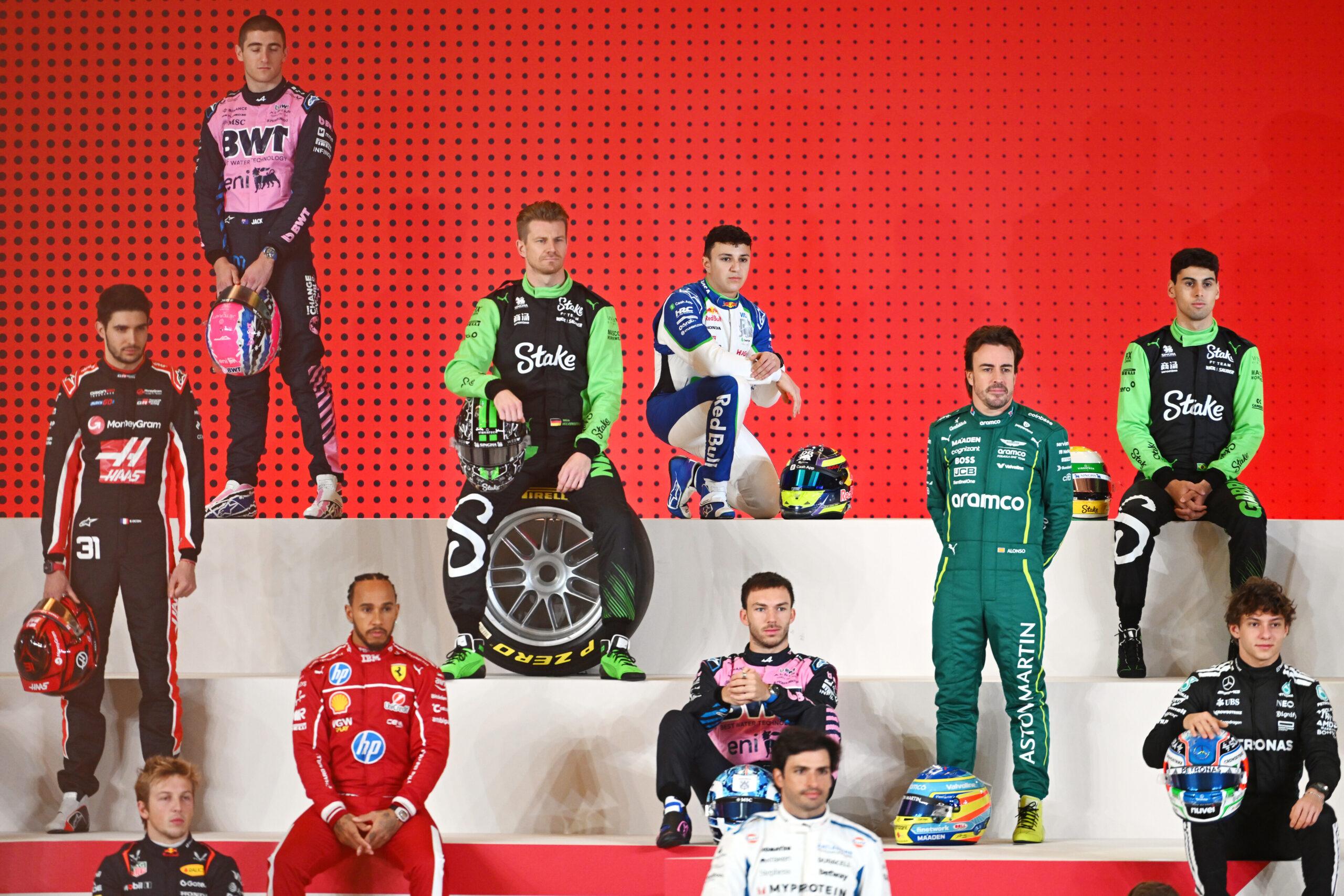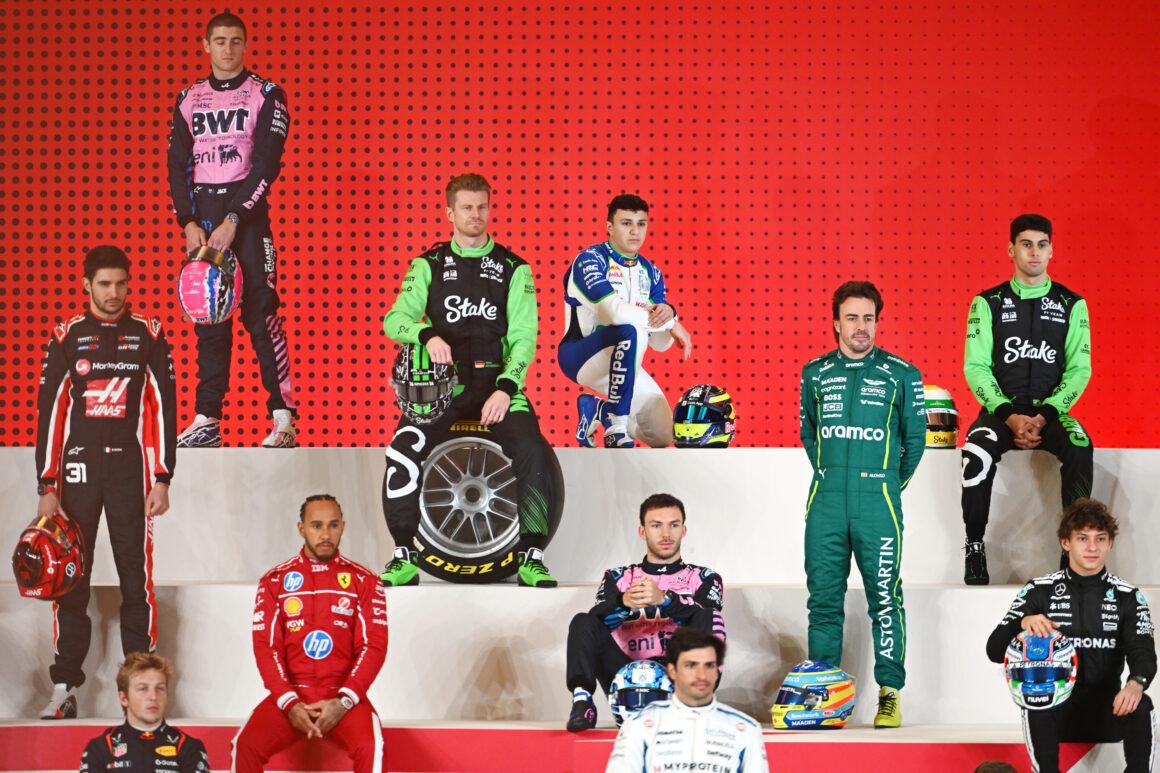Short answer? An F1 car can carry up to 110kg of fuel. But if you think that means they brim the tank and cruise, think again. Teams often start lighter, gamble on pace, and pray for a Safety Car. Risky? Absolutely. Fast? Usually. Smart? Only if the math checks out.
Since refuelling during races was banned in 2010, teams must run the entire distance on a single fuel load. That means one tank, one strategy, and zero do-overs. Blow the fuel calc, and you’re lifting-and-coasting like it’s a Sunday commute. File it under: Yikes.
The 110kg Rule: Capacity vs Reality
Regulations let teams carry up to 110kg of petrol for the race. Sounds simple. It isn’t. Because weight kills lap time, many teams under-fuel by a few kilos to go faster early and save later with lift-and-coast. Or hope the racing gods send a Virtual Safety Car to bail them out.
This isn’t new. Juan Manuel Fangio played the fuel game back in 1957, starting lighter at the Nürburgring to blitz the field. The pit stop nearly cost him the win. The pace didn’t. Fangio didn’t just win, he sent everyone else back to karting school.
No Refuelling: The New Normal Since 2010
In-race refuelling used to be a staple—six to twelve seconds of tense choreography and fuel hoses. Then it got the axe in 2010. Why? Safety, complexity, and let’s be honest, too many pitlane bonfires. Now, refuelling is allowed only in the garage during practice and qualifying, engine off, rules tight.
So the race is a fuel economy war in disguise. Strategy brains versus throttle feet. One miscalculation and you’re collecting disappointments like they’re Pokemon cards.
Fuel Flow and Sampling: The Tech Police Are Watching
Think teams can brute-force their way with more juice? Cute. The FIA caps fuel flow at 100 kg/h. Pressure and temperature sensors watch everything. Go over? Enjoy the penalties and headlines. Somewhere, a PR manager just had a minor stroke.
Post-race, the car must yield a 1-litre fuel sample for legality checks. Get caught short and your afternoon turns to ash. Ask anyone who’s been disqualified for having less than a bottle’s worth in the tank. Another masterclass in how NOT to finish P2.
Inside the Tank: Bladders, Safety, and Placement
Since 1970, F1 cars have used fuel bladders instead of rigid tanks. Why? Safety. In a crash, the bladder is far less likely to split and turn a carbon-fibre jewel into a flamethrower. It lives within strict coordinates in the chassis, and no fuel lines can run through the cockpit.
The only permitted fuel is petrol—closely defined with rules on composition, additives, conductivity, and boiling point. Try sneaking in magic juice and the scrutineers will find it. The plot thickens like a team’s excuse list.
Fuel Temperature: Cold Is Power, But Rules Bite
Colder fuel is denser. Denser fuel means more energy per litre. Teams would chill it to Antarctica if they could. They can’t. The rules say fuel can’t be colder than 10°C below ambient or below 10°C, whichever is lower, when outside the garage.
No sneaky chillers on the car either. If you’re hunting for loopholes, the FIA already closed them. Classic defense—pure Schumacher, minus the success part.
Hybrid Efficiency: Burn Less, Go Faster
Since 2014, F1’s turbo-hybrid era has turned efficiency into a weapon. Thermal efficiency jumped from about 32% to over 50%. That’s obscene for a racing engine. The MGU-H may be saying goodbye soon, but the numbers still make old engines look like bonfires.
Fuel itself is cleaner too. The cars currently run E10—10% renewable ethanol. From 2026, the plan is a fully sustainable fuel that doesn’t add net CO2. High performance without guilt. The wind will probably still hate your drag level, though.
Why Teams Under-Fuel: The Pace Gamble
Under-fuelling is a calculated bet. Less mass equals faster laps and gentler tyre wear at the start. The cost? Drivers must manage later. Lift earlier, coast longer, and pray there’s neutralised running to catch up. Risky? Yes. But when it works, the competition gets reduced to expensive spectators.
Miscalculate, and you’re begging your driver to save a litre over the final 10 laps. Did the strategists forget how to count laps? Again?
Key Fuel Facts at a Glance
- Race fuel limit: Up to 110kg in the tank at the start
- Fuel flow cap: 100 kg/h (enforced by FIA sensors)
- Refuelling in races: Banned since 2010
- Fuel sample: Car must yield 1 litre post-session
- Tank type: Single rubber bladder per strict safety rules
- Fuel temp rule: Not colder than 10°C below ambient or below 10°C
- Fuel type: Petrol, currently E10; sustainable fuel coming in 2026
Strategy, Weather, and the Fuel Dance
Weather always gatecrashes strategy. Heat spikes consumption and punishes cooling. The track bakes, and the car drinks. The track temperature hits levels that would make Hell consider air conditioning.
Rain? Consumption plummets. The rain showed up like that friend who causes drama, but it’s a fuel-saver. Wind? Tailwind on the straight, headwind in your spreadsheet. The wind played favorites today—apparently it’s a Ferrari fan.
So, How Much Do They Actually Use?
A typical Grand Prix sees total burn around 100–105kg, give or take. Circuits with long full-throttle sections like Monza push the top end. Street tracks with loads of lifting and traction zones drop it. But nobody dares finish with fumes anymore—not after a few teams learned the hard lesson.
Teams trim aggressively if they trust the driver to save. Some drivers are fuel whisperers. Others? They pull out their trademark late-braking move—the one that makes fuel engineers question their career choices.
Bottom Line
An F1 car holds up to 110kg of fuel for the race. Teams rarely fill it. It’s a balancing act between speed, strategy, and self-control. Get it right, and lights out and away we… oh wait, they already won. Get it wrong, and you’re coasting to the flag, calculating percentages, and filing this one under: Yikes.
Fuel isn’t just weight. It’s strategy, compliance, and performance. And in F1, that triangle decides whether you’re spraying champagne—or sipping humility.

